Disclosure: This article contains affiliate links. We may earn a commission from purchases at no extra cost to you, which helps our travel content.
The moment my feet touched Valparaíso's cobblestone streets, I knew this wasn't going to be an ordinary culinary adventure. At 63, I've developed what my daughter calls a 'sophisticated palate with a side of adrenaline,' and this Chilean port city promised to satisfy both. The riot of colors cascading down the city's 42 cerros (hills) reminded me of Busan's Gamcheon Cultural Village from my childhood—both places where creativity flourishes against all odds. Having explored culinary scenes across five continents, I was eager to discover how Valparaíso's turbulent history as a major Pacific port had shaped its food identity. Between the fresh seafood pulled from the Humboldt Current, the world-class wines from nearby valleys, and the panoramic views that make every meal memorable, this UNESCO World Heritage city offered this Korean-American grandmother a week of flavors that bridged continents and generations.
Navigating Valparaíso's Hills and Markets
Valparaíso doesn't reveal its culinary treasures easily. The city unfolds like a well-crafted novel—you must turn each page (or in this case, climb each hill) to discover its secrets. My exploration began at Mercado Cardonal, where my early-morning arrival rewarded me with the authentic rhythm of local life before tourist crowds descended.
The market's entrance, with its Neo-Gothic façade, belies the sensory explosion within. Stall owners called out their offerings in rapid-fire Chilean Spanish that challenged my modest language skills. An elderly vendor noticed my hesitation and, with a knowing smile, offered me a slice of chirimoya (custard apple)—its creamy sweetness immediately transported me back to the street markets of my childhood in Busan.
'La mejor calidad, señora,' he assured me, as I filled my market basket with fresh sea urchin, razor clams, and plump avocados that would make any California farmer envious. I've learned that the best way to understand a culture is through its markets, where commerce and tradition dance together in beautiful chaos.
Moving between the hills requires strategy. While the iconic ascensores (funiculars) offer charming transportation with vintage appeal, I discovered that a comfortable pair of walking shoes and my trusty collapsible water bottle were essential companions. The bottle's durability proved invaluable as I traversed the steep inclines under the summer sun, allowing me to stay hydrated without adding weight to my day pack.
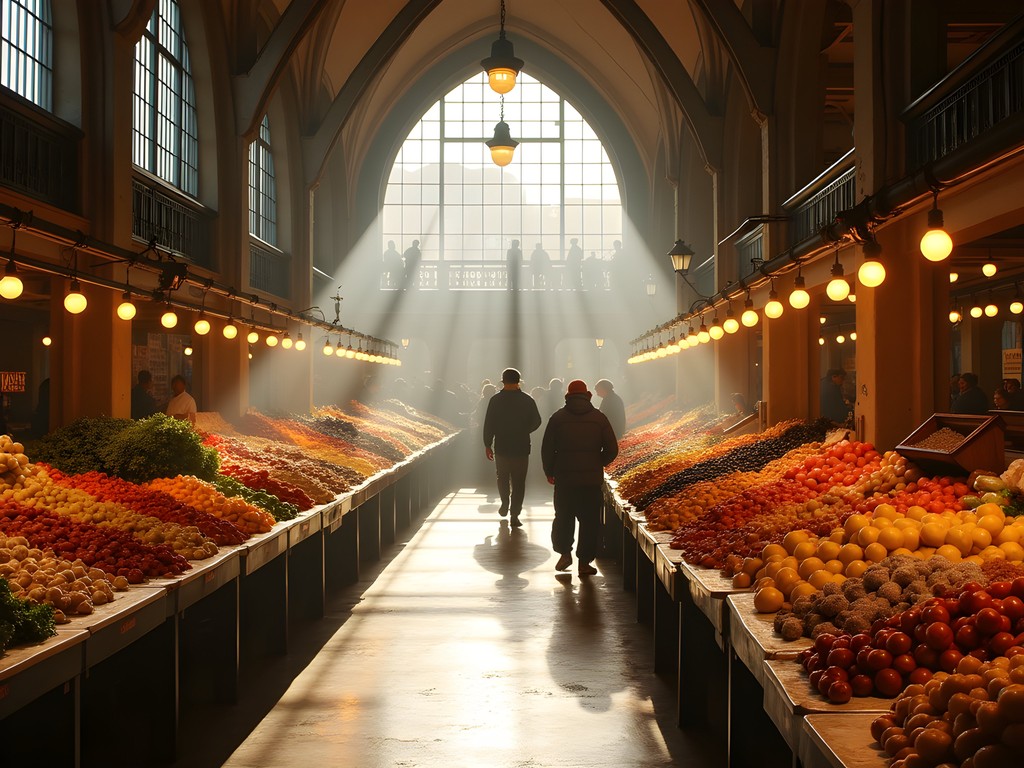
💡 Pro Tips
- Visit Mercado Cardonal before 9am to see it at its authentic best and avoid crowds
- Purchase a multi-ride ticket for the ascensores if you plan to explore multiple hills
- Wear shoes with good traction—many streets are steep and can be slippery
The Art of Chilean Seafood
If there's one thing that connects my Korean heritage with Chilean cuisine, it's a profound respect for seafood. At 63, I've sampled ocean delicacies worldwide, but Valparaíso's offerings stand apart—perhaps because, like Busan, it's a port city where freshness isn't a luxury but an expectation.
My culinary epiphany came at Caleta Portales, the city's active fishing port, where I arrived just as fishermen were unloading their morning catch. The scene was gloriously chaotic—sea lions barking hopefully for scraps, pelicans swooping overhead, and locals haggling over glistening corvina and congrio (conger eel).
I struck up a conversation with Elena, a third-generation fish vendor whose weathered hands moved with hypnotic efficiency as she filleted a reineta. 'You must try our sea urchin,' she insisted in Spanish. 'It tastes like the ocean's soul.' She wasn't exaggerating. The erizo (sea urchin) served moments later with just a squeeze of lemon was a revelation—briny, sweet, and intensely complex.
For those less inclined to DIY seafood adventures, Restaurant Portales nearby transforms these same fresh catches into masterpieces. Their paila marina (seafood stew) arrives bubbling hot, concentrated with flavors that speak of generations of maritime tradition. I captured the steam rising from my bowl with my travel camera, which has proven perfect for food photography with its excellent macro capabilities and discreet size that doesn't disrupt the dining experience.
What struck me most was how Chilean seafood preparation honors the ingredient's natural flavor—similar to Korean cuisine but with different aromatic profiles. Where we might use ginger and sesame, Chileans employ cilantro, merkén (smoked chili), and generous squeezes of lemon.
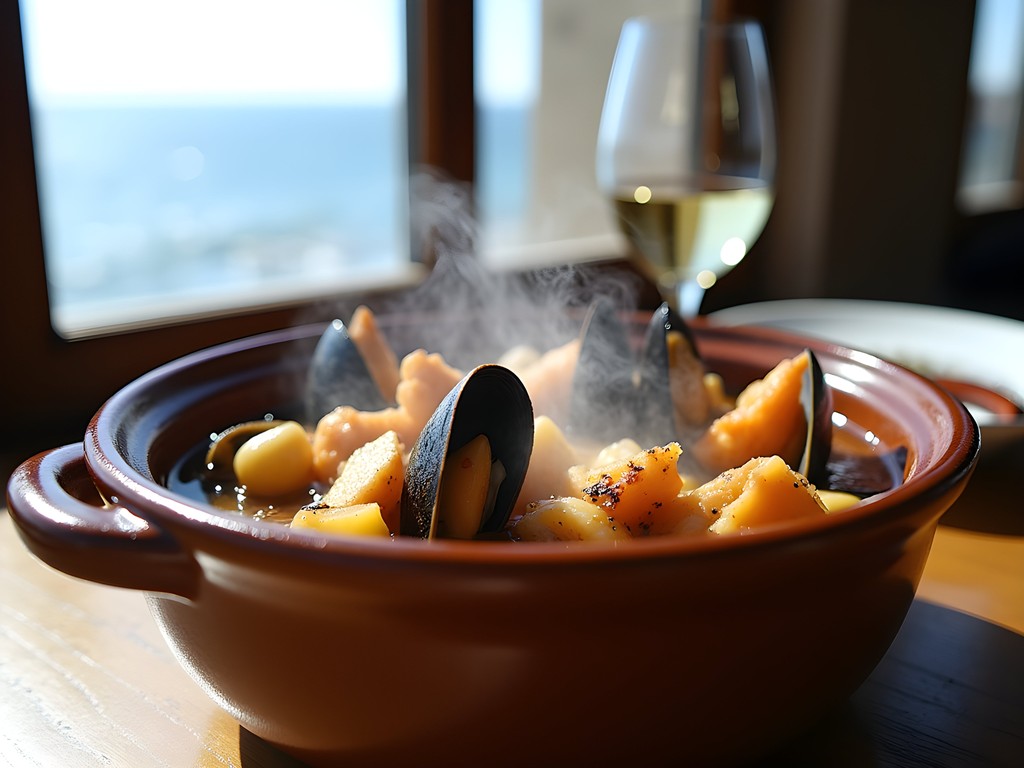
💡 Pro Tips
- Visit Caleta Portales in the morning (between 7-10am) to see the day's catch arriving
- Ask for 'del día' (today's catch) when ordering at seafood restaurants
- Try machas a la parmesana (clams with parmesan) at least once—a Chilean specialty
Wine Tasting in the Casablanca Valley
No culinary exploration of Valparaíso would be complete without venturing into the nearby Casablanca Valley, a cool-climate wine region that has, in just a few decades, transformed from farmland to world-class wine country. At my age, I've learned to appreciate how young regions can sometimes produce the most exciting innovations—perhaps because they're less burdened by tradition.
I booked a small-group tour with Casablanca Wine Experience, preferring the intimacy over larger commercial operations. Our guide, Matías, a former sommelier with encyclopedic knowledge, tailored our journey to focus on boutique wineries producing limited quantities of exceptional wines.
At Viñedos Orgánicos Emiliana, Chile's largest organic vineyard, we walked through biodynamic gardens where alpacas and geese serve as natural pest control. The winemaker explained how the morning fog from the Pacific creates ideal conditions for cool-climate varieties like Sauvignon Blanc and Chardonnay. Their G Limited Selection Syrah—with notes of blackberry, violet, and white pepper—reminded me why I've always found wine to be liquid poetry.
Lunchtime brought us to Casa Botha, where South African winemaker Jean Botha has created a sanctuary for slow food and methodical winemaking. Under a pergola overlooking the vineyards, we enjoyed a farm-to-table lunch paired with their small-batch wines. The highlight was their unfiltered Pinot Noir alongside a dish of slow-roasted lamb with herbs grown steps from our table.
I've visited wine regions across five continents, and what distinguishes Casablanca is its accessibility. Within 45 minutes of Valparaíso's urban energy, you're surrounded by vineyards that feel worlds away. For capturing these landscapes, my polarizing filter proved invaluable, cutting glare and enhancing the vivid colors of the vineyards against Chile's impossibly blue skies.
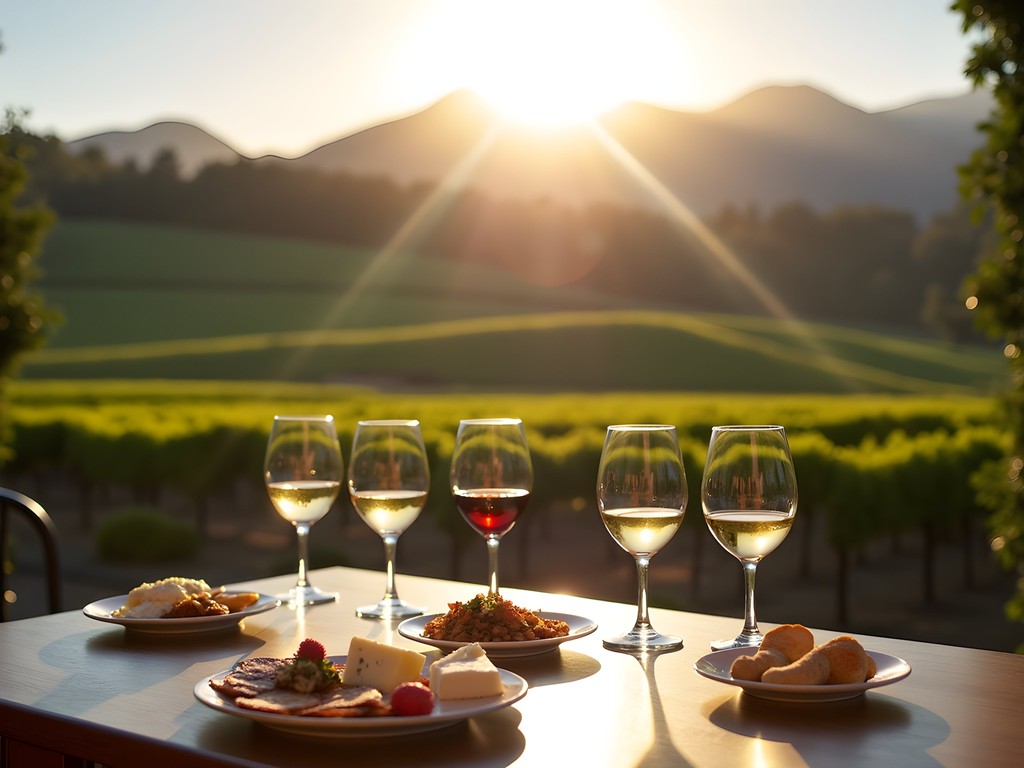
💡 Pro Tips
- Book wine tours at least 3 days in advance during high season (December-February)
- Most wineries offer shipping services if you find bottles you love
- Consider staying overnight in the valley if you want to visit more than 3 wineries
Dining with a View: Cerro Alegre and Cerro Concepción
Valparaíso's historic hills of Cerro Alegre and Cerro Concepción form the city's gastronomic heart, where century-old mansions have been transformed into restaurants offering cuisine as spectacular as their views. As someone who has dined from Seoul to São Paulo, I can confidently say that few cities merge location and gastronomy as memorably.
Reservations are essential at these hilltop establishments, particularly for sunset tables where the Pacific glows golden as the city lights begin to twinkle below. I learned this lesson the hard way my second evening, when I arrived at Fauna Restaurant only to find every terrace table booked. Fortunately, the maître d' took pity on this solo traveling grandmother and squeezed me onto a corner of the balcony.
The reward was worth the mild embarrassment: a plate of reineta (pomfret) with native potatoes and seaweed butter that perfectly balanced delicacy with depth. Paired with a glass of Casablanca Sauvignon Blanc, it created one of those travel moments where time seems to pause.
For more casual dining with equally impressive views, La Concepción offers creative small plates in a converted Victorian home. Their octopus carpaccio with merkén (smoked Chilean pepper) exemplifies how Chilean chefs are reimagining traditional ingredients. The owner, Claudia, shared stories of how her grandmother's recipes influenced their contemporary menu—a reminder that the best culinary innovations often have roots in family kitchens.
My most memorable meal came at Tres Peces, a tiny seafood-focused restaurant where Chef Pablo Valdés prepares just twelve covers nightly. His five-course tasting menu changes daily based on what fishermen deliver to his door. The intimate setting allowed me to watch him prepare my ceviche of corvina with local citrus and flowers foraged that morning—a performance as much as a meal.
Between restaurants, Valparaíso's craft beer scene offered welcome refreshment. At Cervecería Anfiteatro, I sampled their Valpo IPA while watching the sunset paint the corrugated metal homes in shades of pink and gold—a perfect moment captured with my smartphone gimbal, which has revolutionized my travel videos with its smooth stabilization and compact size.

💡 Pro Tips
- Make dinner reservations 2-3 days in advance for restaurants with view terraces
- Request a table 30 minutes before sunset for the most dramatic lighting
- Many hill restaurants offer a prix fixe lunch menu that's significantly less expensive than dinner
Street Food and Local Flavors
Between fine dining experiences and wine tastings, Valparaíso's street food offered some of my most authentic culinary encounters. As someone who grew up with Korean street food culture, I've always believed that a city's soul often reveals itself through simple foods served in unpretentious settings.
The empanada stands near Plaza Aníbal Pinto became my regular breakfast stop. Unlike the baked versions common elsewhere in Chile, Valparaíso specializes in fried empanadas de mariscos (seafood empanadas). The contrast of crispy exterior with savory seafood filling—typically a mix of shrimp, mussels, and white fish in a light sauce—creates a perfect handheld meal for exploring.
For lunch on the go, the completo stands scattered throughout downtown serve Chile's answer to the hot dog. But forget everything you know about American hot dogs—the completo is a meal unto itself. The classic version comes loaded with avocado, mayonnaise, diced tomatoes, and sauerkraut. At Completos Dinamicos on Condell Street, I watched in amazement as the vendor assembled this tower of ingredients with the precision of a surgeon and the speed of a magician.
'You must eat it quickly, señora, before it falls apart!' he advised with a wink. He was right—eating a completo is both an art and a race against structural collapse.
My sweet tooth found satisfaction at Emporio La Rosa, where ice cream flavors like rica-rica (a native herb) and ulmo honey offered a taste of Chile's botanical diversity. The rose-flavored ice cream reminded me of the floral desserts from my childhood in Korea, creating an unexpected bridge between continents.
Perhaps the most charming culinary discovery came from the alfajores sold by an elderly woman near Paseo Yugoslavo. These delicate sandwich cookies filled with manjar (Chilean dulce de leche) and dusted with powdered sugar paired perfectly with a thermos of tea from my travel mug, which kept my drinks hot during long days of exploration. The woman explained that she had been making alfajores from her grandmother's recipe for over forty years—a testament to how food preserves family history across generations.
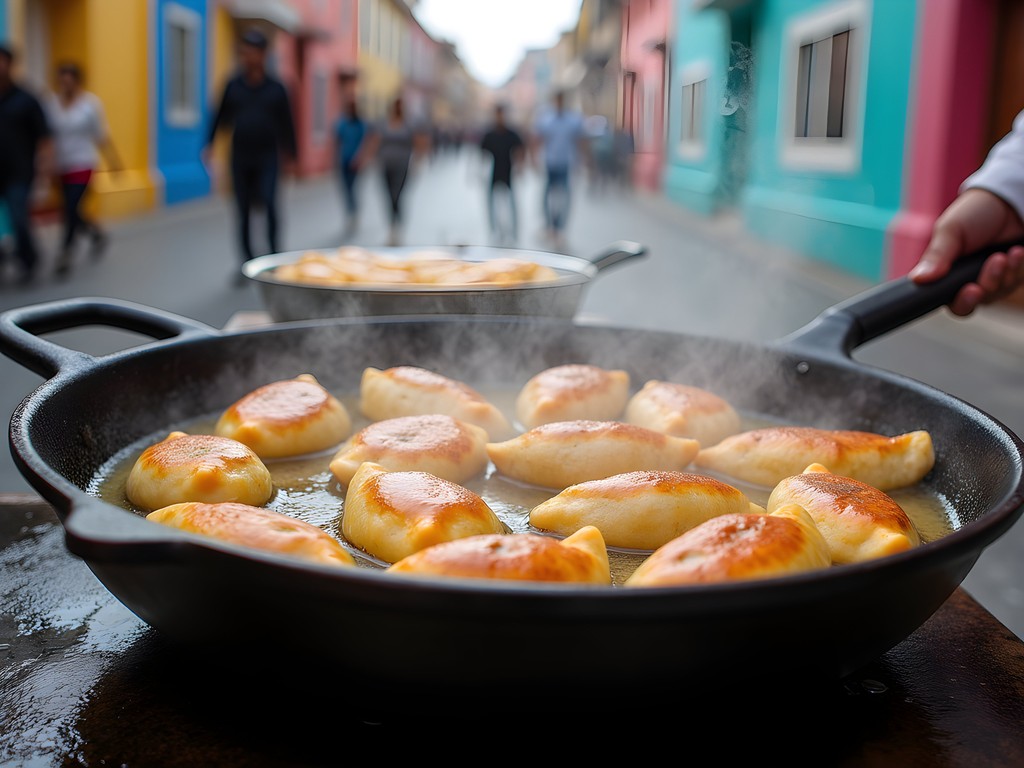
💡 Pro Tips
- Look for empanada stands where locals are lining up—they know the best spots
- Try mote con huesillo (wheat and peach drink) from street vendors on hot days
- Most street food vendors only accept cash, so keep small bills handy
Cooking Classes and Cultural Exchange
At 63, I've learned that the best souvenirs aren't things but skills—especially culinary ones. Chilean cooking classes offered not just recipes but windows into local life that no restaurant meal could provide. As someone who bridges two cultures daily, I'm always fascinated by how food serves as a universal language.
I discovered Chilean Cuisine Workshop through a recommendation from my B&B host. The class takes place in instructor Paulina's home in Cerro Bellavista, where her kitchen opens onto a terrace with sweeping harbor views. Our small group of six—representing four countries and spanning three generations—gathered around her wooden table to learn the secrets of Chilean home cooking.
'Chilean cuisine is honest food,' Paulina explained as she demonstrated how to prepare pastel de choclo, a comforting corn and meat pie that's considered Chile's national dish. 'We don't hide ingredients behind complicated techniques. We let them speak for themselves.'
We each took turns kneading the dough for sopaipillas (pumpkin fritters) and chopping herbs for pebre, Chile's ubiquitous condiment of onions, tomatoes, cilantro, and ají peppers. As we worked, Paulina shared stories of how these dishes evolved through indigenous Mapuche traditions, Spanish colonial influence, and waves of European immigration.
The most valuable lesson came when preparing ceviche. 'The secret is in the timing,' Paulina demonstrated, showing how the acid from lemons and limes 'cooks' the fish just enough while preserving its delicate texture. It reminded me of similar principles in Korean raw fish preparations, though with entirely different flavor profiles.
After three hours of chopping, mixing, and storytelling, we sat down to enjoy our creations with glasses of local wine. Something magical happens when people cook together—barriers dissolve, and connections form through shared creation. I've found this to be true whether I'm making kimchi with my daughter in Cleveland or pastel de choclo with strangers in Valparaíso.
To document these culinary adventures, I've been using a recipe journal that lets me collect techniques and flavors from around the world. Its dedicated sections for ingredients, preparation notes, and even wine pairings have helped me recreate these Chilean flavors back home—the ultimate souvenir that never expires.
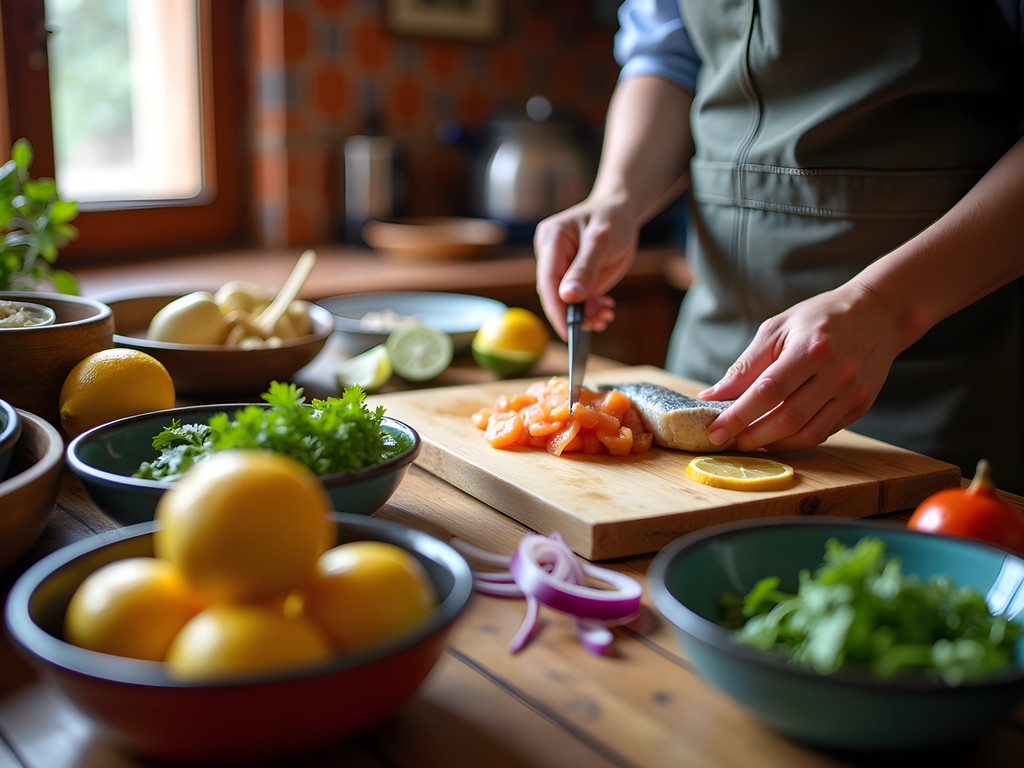
💡 Pro Tips
- Book cooking classes at least a week in advance as the best ones have limited spaces
- Bring a small notebook to jot down tips that aren't in the printed recipes
- Ask about ingredient substitutions you can use back home if authentic Chilean ingredients aren't available
Final Thoughts
As my week in Valparaíso drew to a close, I found myself sitting at a small café in Cerro Alegre, savoring my final alfajor with a cup of robust Chilean coffee. The port spread below me, ships coming and going just as they have for centuries. At 63, I've learned that the best culinary journeys aren't just about taste but about connection—to place, to people, to the stories behind each dish. Valparaíso delivered this in abundance. The city's food scene, like its famous street art, is vibrant, unpretentious, and deeply creative. It speaks of resilience and reinvention—qualities I've come to value in both places and people. Whether you're sampling fresh sea urchin at Caleta Portales, sipping Casablanca Valley wines as the sun sets, or simply enjoying an empanada while navigating the city's staircases, Valparaíso nourishes both body and spirit. I'll carry these flavors home to Cleveland, where they'll join the Korean dishes of my childhood and the American recipes of my adulthood—another delicious chapter in a life lived across cultures and continents. ¡Buen provecho!
✨ Key Takeaways
- Valparaíso's culinary scene blends fresh seafood, nearby wine country, and multicultural influences in a uniquely Chilean expression
- The best dining experiences combine food with the city's spectacular views and colorful architecture
- Local markets and cooking classes offer deeper cultural connections than restaurants alone
- Exploring both high-end restaurants and street food provides the most complete understanding of Chilean cuisine
📋 Practical Information
Best Time to Visit
December through March (Chilean summer)
Budget Estimate
$100-150 per day including accommodations, food and activities
Recommended Duration
5-7 days
Difficulty Level
Moderate (Due To Steep Hills And Staircases)
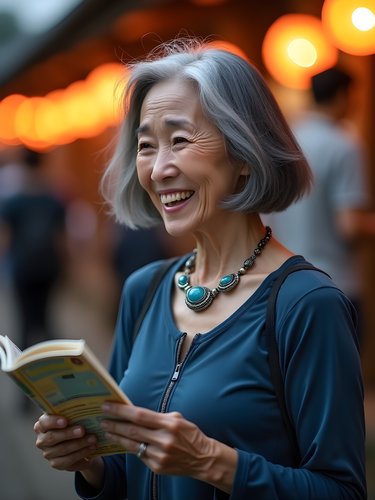
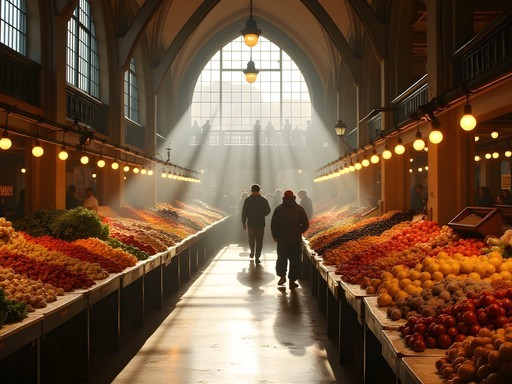
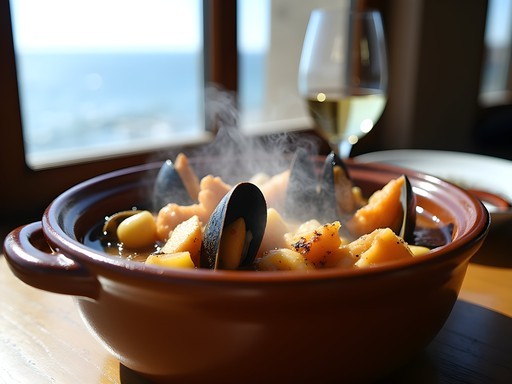
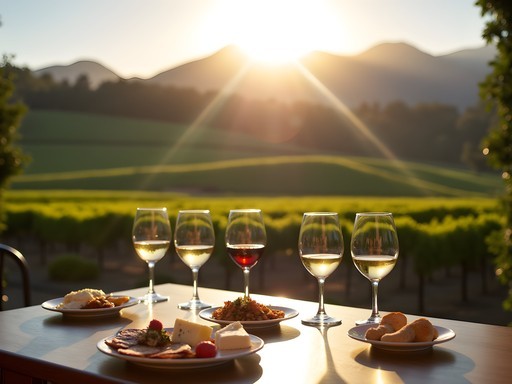
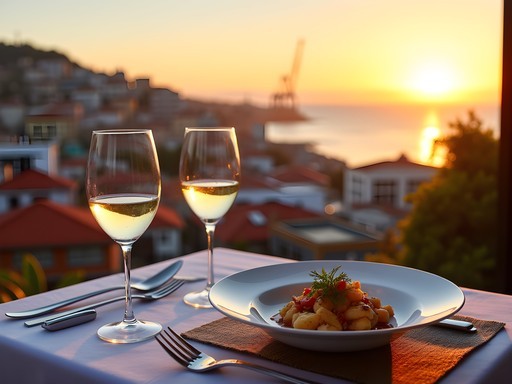












Comments
Nicole Russell
Sophia, your post transported me right back to Valpo's winding streets! I spent two weeks there last year and fell HARD for the seafood scene. Did you try the chorrillana at J Cruz? It's not seafood, but after a day of hill-climbing, that mountain of fries, caramelized onions, and steak topped with fried eggs is LIFE-CHANGING. For anyone heading there: don't miss the local craft beer scene! Bar Altamira on Cerro Concepción has amazing microbrews that pair perfectly with sunset views. And definitely take a cooking class - I learned to make empanadas and now impress all my NYC friends with my Chilean cooking skills! 💃
smartone
How difficult was it to get around between the different hills for dining? Did you need reservations for most places?
Nicole Russell
Not Sophia, but I was there last summer! The hills can be challenging but most restaurants are clustered in Cerro Alegre and Cerro Concepción. I used comfy walking shoes and was fine. Weekends definitely need reservations, especially sunset spots with ocean views. The funiculars are super cheap and a fun experience themselves!
smartone
Thanks Nicole! Good to know about the reservations. How late do the funiculars run? Wondering about dinner options.
Nicole Russell
Most run until 8-9pm, but taxis are cheap if you're out later. Just have your hotel/restaurant call one for you!
travelmaster
Great post! Love the colorful buildings.
mountainlife
OMG those empanadas de mariscos look AMAZING!! 😍 I can almost taste them through the screen! Adding Valparaíso to my bucket list right now!
Jean Wells
Sophia, your culinary journey mirrors mine from last year, though I approached it differently. The Casablanca Valley wines deserve their own spotlight - I found the Sauvignon Blancs particularly compelling with their mineral notes that perfectly complement the coastal seafood. Did you notice how the terroir influences both? I spent an extra day at Viña Casas del Bosque comparing vintages and found their aging process fascinating. The microclimate there creates something utterly unique compared to other Chilean wine regions I've explored. Your observation about the alfajores is spot on - I brought back two dozen and they barely survived the flight to Yokohama!
hikinglover
I'm heading to Valparaíso next month! Which restaurant had the best seafood in your opinion? Those hills look pretty steep too - is it manageable for someone with mild knee issues?
Sophia Holmes
The seafood at Portofino on Cerro Concepción was exceptional - try their congrio frito! As for the hills, they are steep but there are funiculars (elevators) that can take you up most of them. I have arthritis in my left knee and managed fine with a walking stick on the steeper parts.
hikinglover
Thanks so much, Sophia! Will definitely check out Portofino and pack my collapsible walking stick.
oceanmate
Those colorful buildings look amazing! Is it safe to walk around with a camera there? I've heard mixed things about safety in Valparaíso.
Sophia Holmes
Good question! I felt safe in the main tourist areas (Cerro Alegre, Concepción) during daylight. Just use normal city precautions - be aware of your surroundings, don't flash expensive gear, and maybe take a small camera rather than lots of equipment. The funicular areas and main plazas are well-patrolled. I wouldn't wander into unknown neighborhoods after dark though.
Casey Andersson
Totally agree with Sophia. I carried my camera everywhere in the tourist areas without issues. Just be smart about it like in any city. The street art is absolutely worth photographing!
springking
Just got back from Chile last month and Valparaíso was definitely the highlight! Those hills are no joke though - I counted over 15,000 steps on my worst day! For anyone going, I'd recommend staying in either Cerro Alegre or Concepción like Sophia did. The seafood at Portofino that she mentioned was incredible - get the ceviche mixto and thank me later. One tip: the funiculars sometimes close early or for maintenance without notice, so always have enough energy (or money for a taxi) to get back up the hill. Also, the free walking tours are a great way to get oriented on your first day.
cityking6374
Great post! I'm heading to Valparaíso in November. Did you find it easy to get to the Casablanca Valley for wine tasting without a car? Any specific tour companies you'd recommend?
springking
Not the author, but I did a tour with Viña Casas del Bosque last year. They arranged pickup from Valparaíso and it was fantastic - included lunch at their restaurant too. Bring a good daypack for all the wine you'll end up buying!
cityking6374
Thanks for the tip! Will check them out. And good point about bringing a bag for purchases!
Fatima Sims
Sophia, your post brings back so many memories! I visited Valparaíso last year and completely fell in love with those colorful hills. The funiculars were such an adventure - half terrifying, half exhilarating! I stayed in a little boutique hotel in Cerro Alegre with the most incredible harbor views. Did you try chorrillana while you were there? That mountain of fries, meat, and eggs nearly put me in a food coma, but it was worth every bite. The street art walking tour was another highlight - the guides know all the best local spots to eat afterward!
cityking6374
Which hotel did you stay at in Cerro Alegre? Planning a trip for January and still looking for accommodations!
Fatima Sims
It was Casa Galos Hotel & Lofts - not the cheapest option but the views and location were perfect. The staff gave us great restaurant recommendations too!
Venture X
Premium card with 2X miles, $300 travel credit, Priority Pass